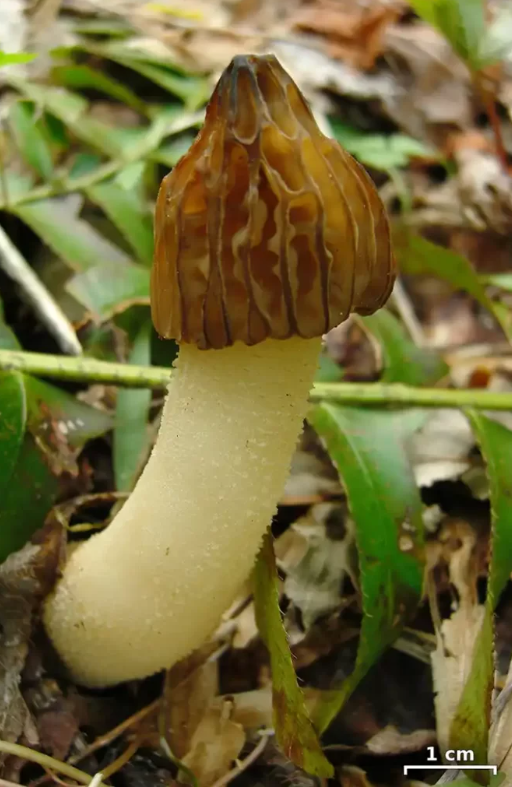Morel mushrooms (Morchella spp.) hold a special place in the hearts of culinary enthusiasts and seasoned foragers. Renowned for their unique honeycomb-like caps and earthy, nutty flavor, these mushrooms are not only a springtime delicacy but also come packed with impressive health benefits. With varieties such as the Yellow Morel and Black Morel leading the way, these fungi are both a gastronomic treasure and a nutritional powerhouse. Let’s delve into their fascinating types, benefits, and essential tips for safe consumption.

Exploring the Popular Varieties of Morel Mushrooms
Yellow Morel (Morchella esculenta)
- The most commonly recognized and sought-after species.
- Thrives in deciduous forests, often near elm, oak, and ash trees.
Black Morel (Morchella elata)
- Distinguished by its dark, ridged cap and robust flavor.
- Commonly found in areas impacted by forest fires or logging.
Half-Free Morel (Morchella punctipes)
- Features a cap partially attached to the stem, giving it a unique appearance.
- Typically smaller but just as flavorful.
Burn-Site Morel
- Appears in abundance in areas recently affected by wildfires.
- Known for growing in nutrient-rich, disturbed soils.
Health Benefits of Morel Mushrooms
1. Nutritional Powerhouse
- Packed with essential vitamins like D and B-complex.
- Contains minerals such as potassium and copper that support overall health.
2. Immune Boosting

- Rich in antioxidants, morels strengthen the immune system and combat oxidative stress.
3. Bone Health Support
- High levels of vitamin D enhance calcium absorption, promoting stronger bones.
4. Digestive Health

- Dietary fiber in morels aids in gut health and prevents digestive discomfort.
5. Skin Health
- Antioxidants help fight free radicals, improving skin elasticity and reducing signs of aging.
6. Weight Management
- Low in calories but high in protein and fiber, making them a satisfying option for healthy eating.
7. Anti-Inflammatory Properties
- Compounds in morels help reduce inflammation throughout the body.
8. Heart Health
- May lower cholesterol levels and improve circulation, supporting cardiovascular well-being.
9. Energy Boosting

- B vitamins play a key role in energy metabolism, keeping you active and alert.
10. Potential Anticancer Properties
- Early studies suggest certain compounds in morels may inhibit tumor growth.
How to Safely Enjoy Morel Mushrooms
1. Always Cook Thoroughly
- Never eat raw morels as they contain hydrazine toxins that are neutralized through cooking.
- Sauté, fry, or simmer for at least 15 minutes to ensure safety.
2. Clean with Care
- Use a soft brush to remove dirt or rinse them briefly under cold water.
- Avoid soaking, as the porous nature of morels can lead to water absorption and loss of flavor.
3. Proper Identification is Crucial
- Be cautious of false morels (Gyromitra spp.), which can be toxic.
- True morels have hollow stems, while false morels typically do not.
4. Consume in Moderation
- Even when cooked, large quantities can lead to digestive upset. Introduce them slowly into your diet.
5. Store Correctly
- Refrigerate fresh morels and consume them within a few days.
- For long-term storage, consider drying or freezing them.
6. Allergy Awareness
- Start with small portions to check for potential allergic reactions, especially if you’re new to eating morels.
Final Thoughts
Morel mushrooms are more than just a gourmet ingredient; they’re a treasure trove of nutrients and health benefits. Whether you’re foraging in the wild or picking them up at a specialty market, proper handling and preparation are essential to enjoy their rich flavors safely. With their versatility in cooking and myriad health benefits, these unique fungi are well worth the effort.
Have you experienced the magic of morels? Share this guide with friends and encourage them to explore the world of these extraordinary mushrooms! Always consult with experts or reliable sources when foraging, and enjoy these culinary gems responsibly.





